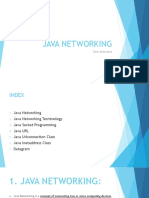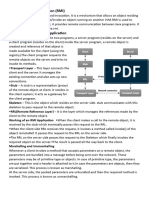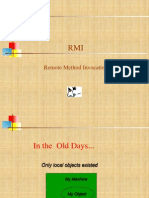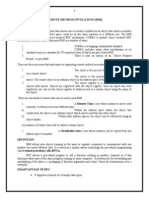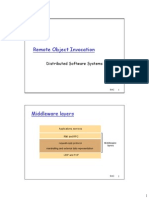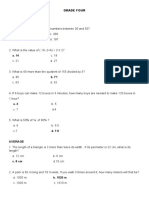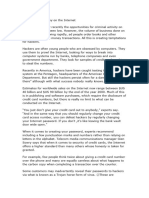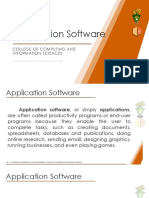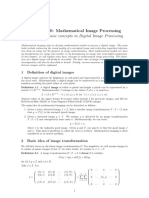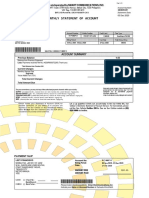0% found this document useful (0 votes)
34 views43 pagesJava Question Bank Answers
The document is a comprehensive Java Question Bank that covers various topics including TCP/IP Client and Server Sockets, Datagram Sockets, InetAddress, URL and URLConnection classes, RMI architecture, JDBC architecture, and servlet technology. It includes explanations, methods, and examples related to each topic, along with practical programming tasks. The content is structured into chapters with specific questions and answers aimed at enhancing understanding of Java networking and database connectivity.
Uploaded by
tiktakkids01Copyright
© © All Rights Reserved
We take content rights seriously. If you suspect this is your content, claim it here.
Available Formats
Download as PDF, TXT or read online on Scribd
0% found this document useful (0 votes)
34 views43 pagesJava Question Bank Answers
The document is a comprehensive Java Question Bank that covers various topics including TCP/IP Client and Server Sockets, Datagram Sockets, InetAddress, URL and URLConnection classes, RMI architecture, JDBC architecture, and servlet technology. It includes explanations, methods, and examples related to each topic, along with practical programming tasks. The content is structured into chapters with specific questions and answers aimed at enhancing understanding of Java networking and database connectivity.
Uploaded by
tiktakkids01Copyright
© © All Rights Reserved
We take content rights seriously. If you suspect this is your content, claim it here.
Available Formats
Download as PDF, TXT or read online on Scribd
/ 43
